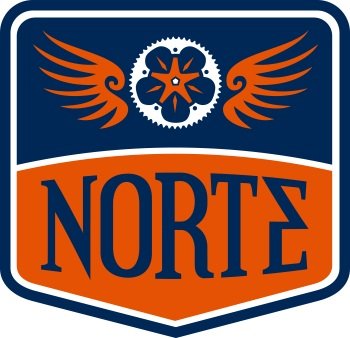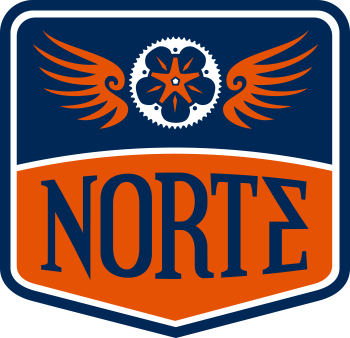Nonprofit Fundraising Trends to Watch in 2024
Nonprofit organizations need to take proactive steps to meet changing donor habits. Nationwide, individual giving has declined as a share of household spending for several years. From macroeconomic uncertainty to changing priorities, 2024 holds plenty of uncertainty – and opportunity.
Charitable Donations Are Trending Downward
The past decade has offered mixed results for many nonprofits. The long arduous recovery from the 2008 financial crisis limped into 2014, and while total donations have shown a net increase over the past ten years, it’s not quite so clear cut. Factoring in inflation and household wealth, donations per capita have been largely stagnant.
In the near term, charitable giving was either hot or cold. Thanks to pandemic-era stimulus and substantial government grants and subsidies, donations boomed in late 2020 and through 2021. As those programs ended, giving declined. 2022 was the first year total donations declined since 2009, becoming just the fourth time charitable giving shrank in the past four decades. Funding from foundations, bequests, and corporations increased on paper, but declined when adjusting for inflation.
Fundraising Trends for the New Year
Individual and household donations, corporate giving, and foundation support are heavily impacted by macroeconomic conditions and shifting priorities. Despite lingering (and possibly misplaced) consumer uncertainty throughout the year, 2023 was an economic success story; real unemployment remains low, and wages are officially outpacing inflation for the first time since April 2021.
Here's what else we’re watching.
Consumer Competition Will Heat Up
Keeping up with neighbors and social peers has long influenced spending habits. Conspicuous spending has accelerated in the social media age, with households often reallocating charitable gifts to vacations or material purchases. The well-documented “revenge spending” that characterized the end of pandemic lockdowns has bit into donations. Only about 1.7% of disposable income goes to charity in the US, the lowest rate since 1995.
Only about half of American households give to charity, a marked decrease from the two-thirds who gave in the 2000s.
Nonprofits must discover new ways to appeal to the conspicuous spending trend by providing experiences, services, and social media-ready events.
Recognition Makes a Comeback
While a topic deservedly all its own, recognizing donors connects to the competitive spending noted above. Many non-profits have downplayed giving levels on websites and annual reports to foster a more egalitarian giving environment. Expect to see more organizations follow Norte’s lead in recognizing its supporters through public donor walls and corporate sponsorships.
Broad Economic Growth Will Stimulate Donations in High-income Households
There is a well-established correlation between stock market performance and charitable giving. Economists expect the Federal Reserve to cut interest rates as early as March 2023, with 3-5 rate cuts predicted throughout the fiscal year. This should boost charitable donations along historic precedents, with traders looking to avoid excessive taxes on investment income.
Individual Giving Will Continue to Decline
In 2018, individual donations accounted for roughly 70% of total giving. By 2022, the share fell to 64%. Despite gradual improvement in consumer sentiment, individuals are still hesitant to overspend or donate. Household incomes, especially those in lower-and-middle class homes, are much more vulnerable to changes in employment levels or sticky inflation. Every sign indicates a continued slide in household donations over the next several years.
What Else to Expect from Nonprofits
Nonprofits will need to adjust expectations on development revenue and make tough decisions regarding staffing, program or service fees. They’ll also need to strengthen community foundation and small business relationships. Norte is implementing nominal fee increases across its programs – the first in several years – to reduce its dependency on donations to fund its work. We’re also working to streamline internal processes and responsibilities to get more done with a smaller staff; core staff and coaching expenses represent over 70% of total expenditure annually.
How You Can Help
Invest in your community by becoming a monthly donor. Nonprofits, especially those with seasonal programs or services, often face severe cash flow challenges out-of-season. Recurring monthly gifts are a tremendous help in budgeting and meeting payroll. Your time is valuable, too. Become a volunteer and bring your personality or professional skills to the table; nonprofits always benefit from professional skills like accounting, marketing, or helping with volunteer coordination.
A Year of Fresh Possibilities
Norte is well-positioned to meet the needs of our community in the year ahead. With an optimized program line-up, a motivated and professional core staff, and the generous support of donors and volunteers, the organization is ready for success. Be a part of our impact; donate today.

